How to Sharpen Cuisinart Knives at Home: A Complete Guide
Do you know how to sharpen Cuisinart knives? Keeping your Cuisinart knives sharp is more than just a kitchen chore—it’s the key to safer, smoother, and more enjoyable cooking. Dull knives can be dangerous, causing slips and uneven cuts, while a properly sharpened blade slices through ingredients with ease and precision.
Regular maintenance not only extends the lifespan of your knives but also ensures that every meal you prepare feels like a professional chef’s experience. Whether you’re a home cook or a culinary enthusiast, learning how to sharpen your Cuisinart knives at home is simple and rewarding.
This guide will show you the best tools, techniques, and tips for keeping your blades in shape. Say goodbye to frustrating cuts and hello to effortless slicing. Let’s get started!
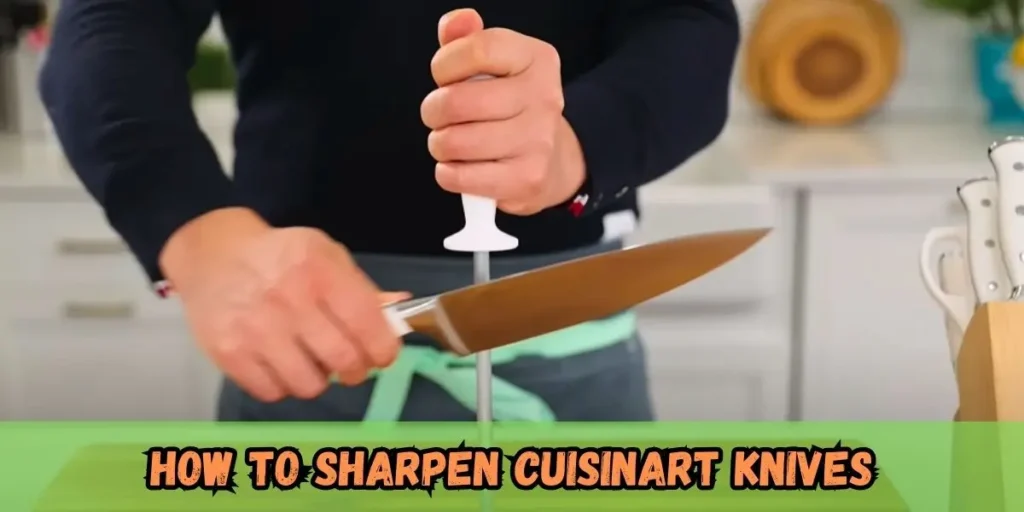
Why Keeping Your Cuisinart Knives Sharp is Important
You will always find a sharp knife in every kitchen, one of the most vital kitchen accessories. It also helps enhance the ease of cooking because it is much safer and faster. Keen knives are safe to use, but dull knives can be dangerous. When the blade is dull, one has to force the blade through the material, resulting in a slip and a cut.
Benefits of a Sharp Knife
Dull blades require much effort to cut ingredients. A sharpened knife is essential when chopping vegetables, slicing meat, or cutting herbs in the kitchen. It is also handy when toasting, browning, or serving food well. A sharp knife retains a food‘s texture and taste, often as essential as having a clean cut.
The Impact of a Dull Knife
A dull knife slows you down in the kitchen. It tears instead of cutting ruining delicate foods like tomatoes or herbs. Over time, this can damage your knife and make it harder to sharpen later. Plus, a dull blade can frustrate you during meal prep and even make cooking a chore.
Keeping your Cuisinart knives sharp helps them last longer and perform better. It also shows you care about your tools and your cooking. The following sections discuss the best tools and techniques to keep your knives in perfect condition. Let’s make your cooking smoother and more enjoyable!
Tools You’ll Need to Sharpen Cuisinart Knives
Having the right tools makes sharpening knives easier and more effective. Each tool works differently, so choosing the one that best suits your needs is important. Here’s a list of essential tools for sharpening Cuisinart knives.
Knife Sharpening Stone (Whetstone)
A whetstone is one of the best tools for sharpening knives. It’s a flat stone with different grits (rough and fine). You use it by rubbing the knife blade at an angle on the stone. Whetstones are excellent for precise sharpening, but they require a little practice.
Honing Rod
A honing rod helps keep your knife blade straight between sharpening sessions. It doesn’t sharpen the knife but maintains its edge. This tool is perfect for quick touch-ups and daily maintenance.
Electric Knife Sharpener
If you’re looking for a faster option, an electric knife sharpener is a good choice. It sharpens the blade automatically, so it’s easy to use. However, some models may remove more metal than necessary, which could wear out your knife over time.
Knife Sharpener for Cuisinart Knives
Some sharpeners are explicitly designed for Cuisinart knives. These tools are simple to use and ensure the correct sharpening angle for your blade.
Choosing the right tool depends on your comfort and experience. The right one will keep your Cuisinart knives sharp and ready for any kitchen task!
How to Sharpen Your Cuisinart Knives: A Step-by-Step Guide
Sharpening your Cuisinart knives at home is easy once you know the proper steps. Follow this guide carefully; you’ll quickly have sharp, reliable blades.
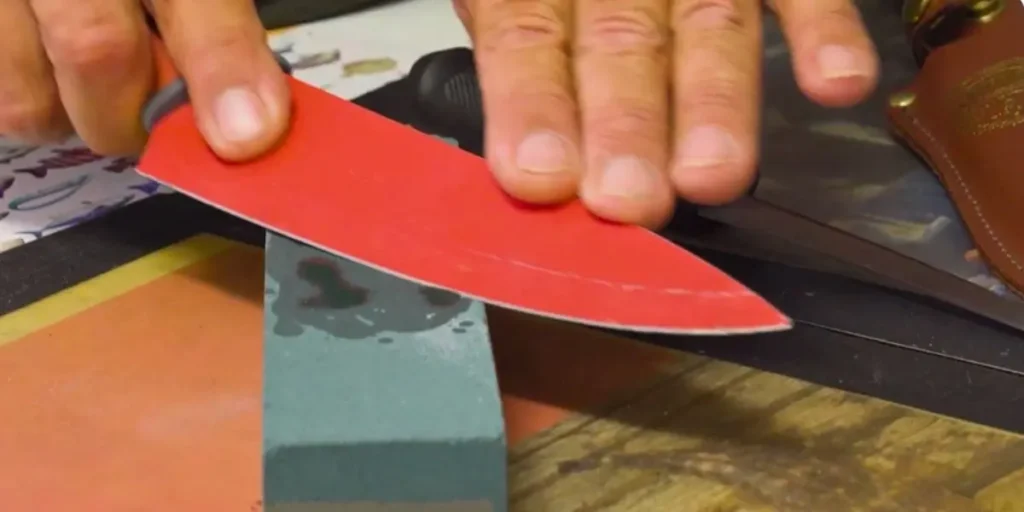
1. Choose the Right Sharpening Tool
The first step is to pick the right tool for the job. A whetstone is ideal for precision, while a honing rod is good for quick touch-ups. Electric sharpeners are fast but should be used carefully. Make sure your chosen tool is suitable for your Cuisinart knives.
2. Prepare Your Sharpening Tool
If you’re using a whetstone, soak it in water for about 10-15 minutes before starting. For an electric sharpener or honing rod, ensure the surface is clean. Preparation ensures the tool works properly and protects your knife.
3. Position Your Knife Correctly
Hold your knife at the right angle while sharpening. For Cuisinart knives, the angle is usually between 15-20 degrees. If you’re using a whetstone, place the blade flat against the stone and tilt slightly to find the correct angle. For a honing rod, position the blade at the same angle.
4. Sharpen the Blade
If using a whetstone, move the blade sweeping across the stone, starting at the base and ending at the tip. Repeat on both sides evenly. For an electric sharpener, gently pull the blade through the slots as instructed. With a honing rod, stroke the blade down the rod in smooth, light motions.
5. Rinse and Test the Sharpness
Once finished, rinse the blade with water to remove metal particles. Dry it with a soft cloth. Test the sharpness by cutting something soft like a tomato or paper. If the blade slices easily, you’ve done a great job!
Common Mistakes to Avoid While Sharpening Cuisinart Knives
Sharpening knives may seem simple, but small mistakes can damage your blades or reduce their sharpness. Avoid these common errors to keep your Cuisinart knives in excellent condition.
Using the Wrong Angle
The most common mistake is sharpening at the wrong angle. For Cuisinart knives, the angle should be between 15 and 20 degrees. A blade that is too steep or flat may be damaged. Always check the angle before starting.
Applying Too Much or Too Little Pressure
If you press too hard, you can unnecessarily scratch or wear down the blade. If you press too lightly, the knife may not sharpen properly. Find a balance by using firm but controlled strokes. Let the sharpening tool do most of the work.
Not Sharpening Evenly
Another mistake is sharpening only one side of the blade or not spending equal time on both sides. This creates an uneven edge, making the knife less effective. Always alternate sides evenly to maintain a balanced blade.
Neglecting to Clean the Knife
Many people forget to clean their knives after sharpening them, leaving behind tiny metal particles that can get into their food. Always rinse and dry your blade thoroughly after sharpening.
Rushing the Process
Sharpening requires patience. If you rush, you might skip steps or apply uneven strokes. Take your time to ensure the blade is sharpened properly and safely.
Avoiding these mistakes will help you sharpen your Cuisinart knives like a pro. By using the correct angle, applying the proper pressure, and taking your time, you’ll enjoy sharp, reliable blades for all your cooking needs. Practice makes perfect, so keep at it, and you’ll master the skill quickly!
Maintenance Tips for Cuisinart Knives
Keeping your Cuisinart knives sharp doesn’t end with sharpening. Proper maintenance ensures your knives stay in excellent condition for a long time. Here are some simple tips to care for your knives every day.
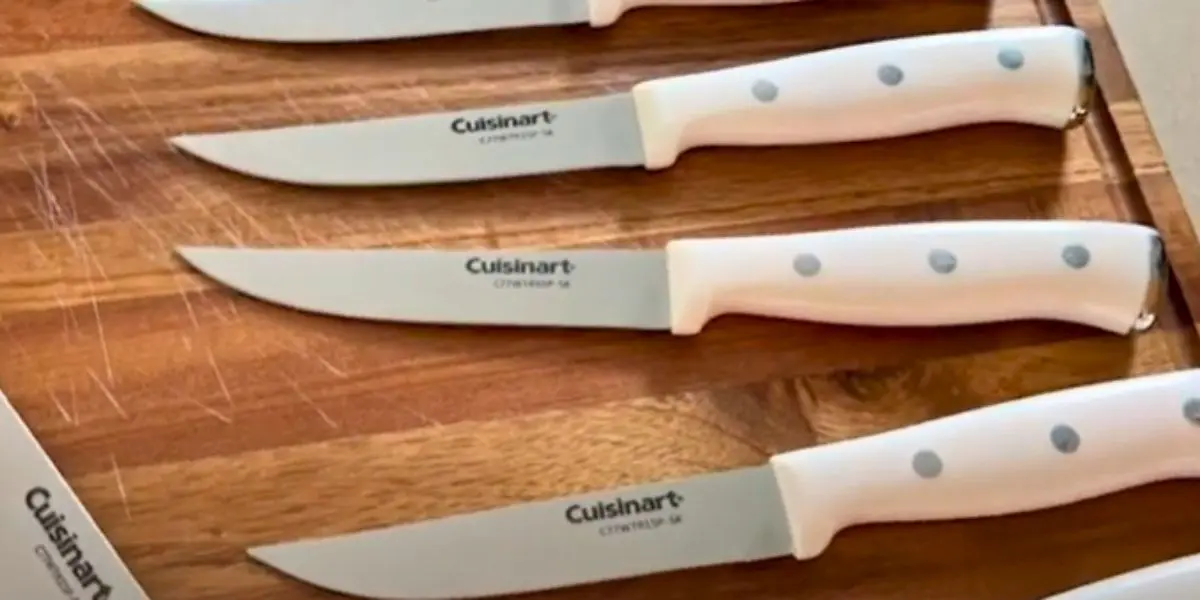
Sharpen Regularly
How often you sharpen depends on how frequently you use your knives. If you cook daily, aim to sharpen your Cuisinart knives every 1-2 months. For occasional use, every 3-4 months is enough. Regular sharpening prevents the blade from becoming too dull and rigid to restore.
Use an Honing Rod Between Sharpening
Honing rods don’t sharpen the blade but help maintain its straight edge. Use a honing rod once a week or after heavy use. This will keep the knife performing well between sharpening sessions.
Clean Your Knives Properly
Always wash your knives by hand using warm water and mild soap. Avoid putting them in the dishwasher, as the harsh detergents and heat can damage the blade and handle. Dry your knives immediately with a soft towel to prevent rust.
Store Knives Safely
Proper storage is essential for blade longevity. Use a knife block, magnetic strip, or protective sheath to keep your knives safe and sharp. Avoid storing them loosely in a drawer, where they can be damaged.
Cut on the Right Surface
Always use cutting boards made of wood, bamboo, or plastic. Avoid cutting on hard surfaces like glass or granite, as these can quickly dull the blade.
Conclusion
Keeping your Cuisinart knives sharp is essential for safe and efficient cooking. A sharp knife makes slicing, dicing, and chopping easier and more enjoyable. It also helps preserve the texture and flavor of your ingredients while reducing the risk of accidents caused by dull blades.
You can keep your knives in top shape for years using the right tools and proper sharpening techniques. Regular maintenance, such as using a honing rod and cleaning the knives correctly, also significantly affects their longevity.
Now that you know how to sharpen and care for your Cuisinart knives, it’s time to take action. Start sharpening your knives today and enjoy the difference in your cooking experience. A little effort goes a long way in making meal prep smoother and more enjoyable.
Happy cooking!
FAQ About Sharpening Cuisinart Knives
You’ll notice your knife needs sharpening if it struggles to cut through food. If it tears instead of slicing or can’t cleanly cut a tomato, it’s time to sharpen the blade. You can also test by slicing a piece of paper. If the blade doesn’t glide through quickly, it’s dull.
Not all sharpeners are suitable for every knife. While many general sharpeners work for Cuisinart knives, choosing one that supports a 15-20 degree angle is best. Look for tools designed specifically for kitchen knives for the best results.
Yes, sharpening knives at home is safe if you follow the right steps. Use proper tools, maintain the correct angle, and carefully handle the blade. Take your time, and always prioritize safety.
Related Posts
-
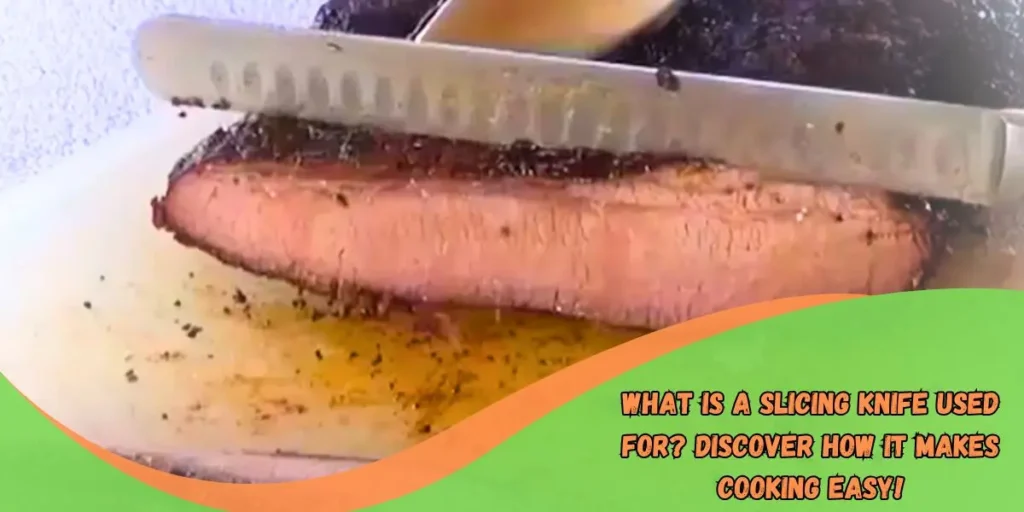 23 Feb 2025 KnifeWhat Is a Slicing Knife Used For? Discover How It Makes Cooking Easy!
23 Feb 2025 KnifeWhat Is a Slicing Knife Used For? Discover How It Makes Cooking Easy! -
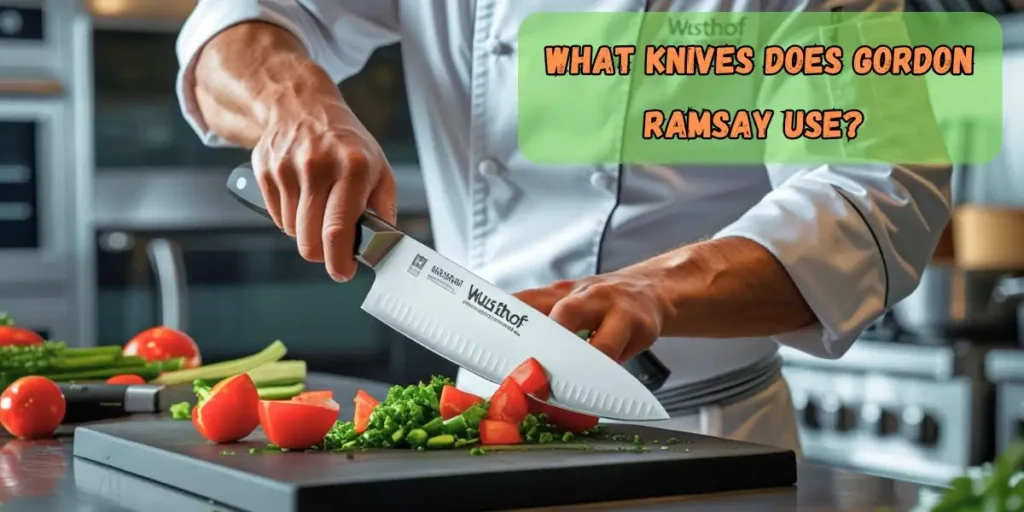 16 Feb 2025 KnifeWhat knives does Gordon Ramsay use? Check out his premium knives
16 Feb 2025 KnifeWhat knives does Gordon Ramsay use? Check out his premium knives -
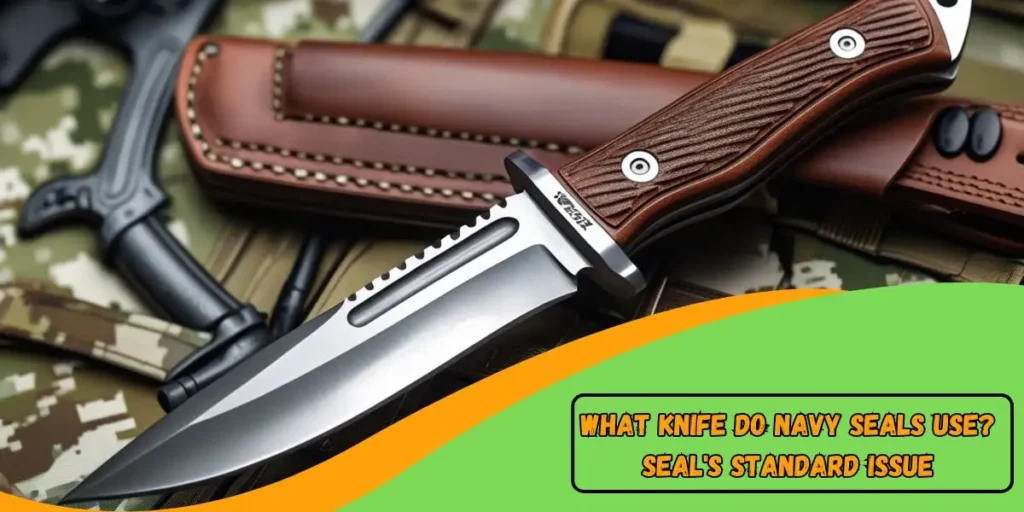 15 Feb 2025 KnifeWhat Knife Do Navy Seals Use? SEAL's Standard Issue 2025
15 Feb 2025 KnifeWhat Knife Do Navy Seals Use? SEAL's Standard Issue 2025 -
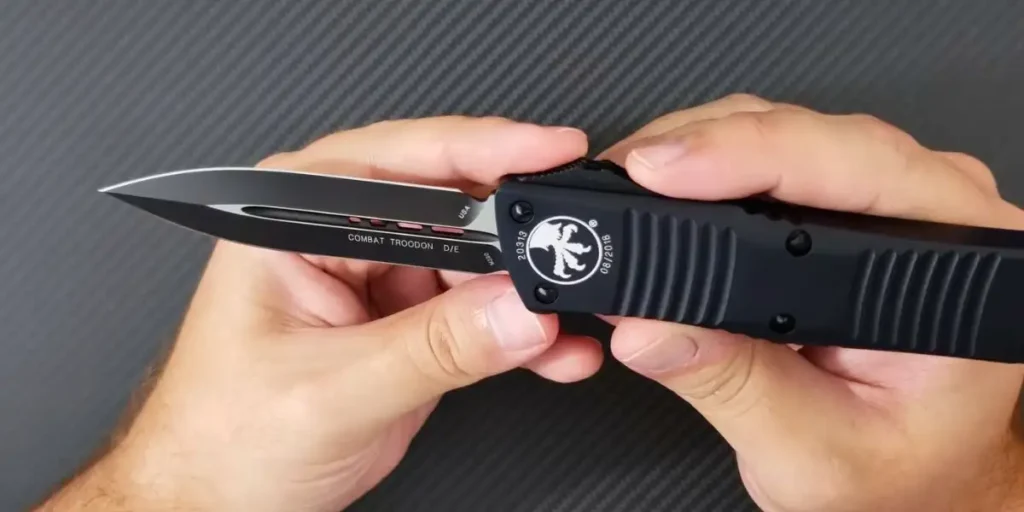 08 Feb 2025 KnifeWhat Knife Does John Wick Use? Learn About His Deadly Blade
08 Feb 2025 KnifeWhat Knife Does John Wick Use? Learn About His Deadly Blade -
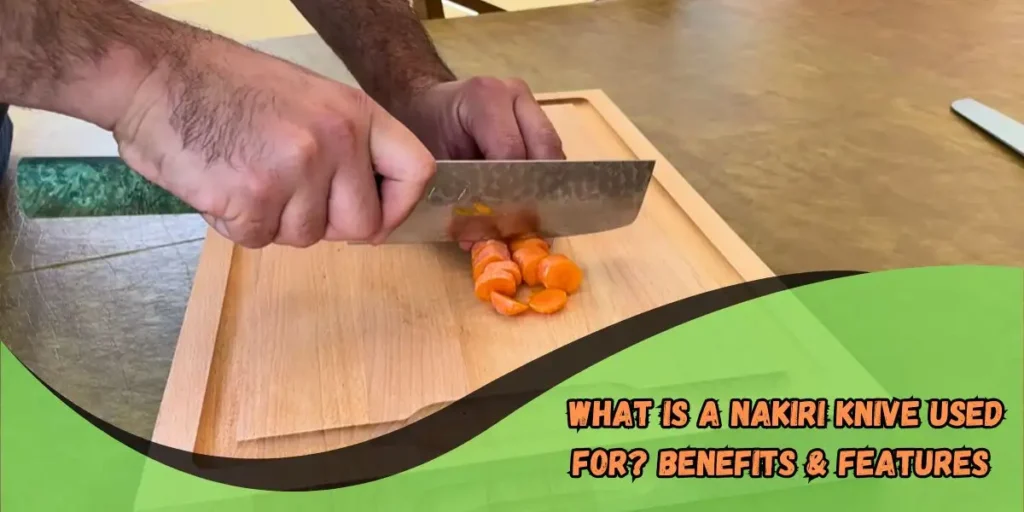 30 Jan 2025 KnifeWhat is a Nakiri Knives Used For? Benefits & Features Explained
30 Jan 2025 KnifeWhat is a Nakiri Knives Used For? Benefits & Features Explained -
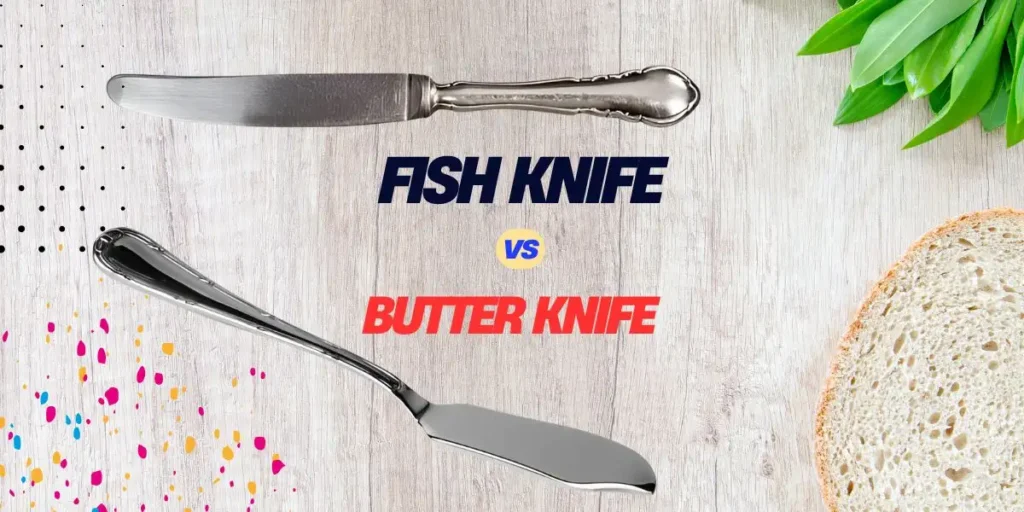 12 Jan 2025 KnifeFish Knife vs Butter Knife: Key Differences and Uses Explained
12 Jan 2025 KnifeFish Knife vs Butter Knife: Key Differences and Uses Explained -
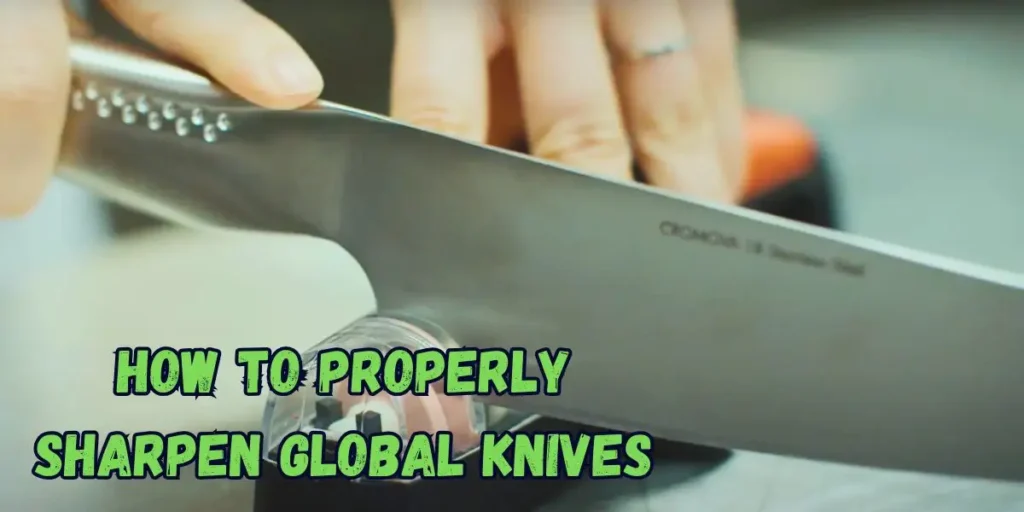 11 Jan 2025 KnifeHow to Sharpen Global Knife: A Quick Guide 2025
11 Jan 2025 KnifeHow to Sharpen Global Knife: A Quick Guide 2025 -
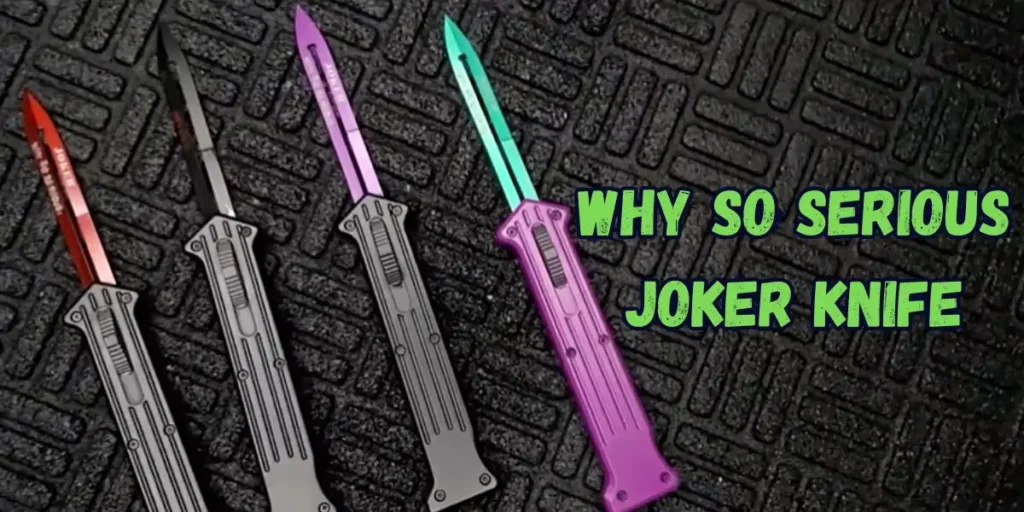 10 Jan 2025 KnifeDecoding the Iconic Why So Serious Joker Knife
10 Jan 2025 KnifeDecoding the Iconic Why So Serious Joker Knife -
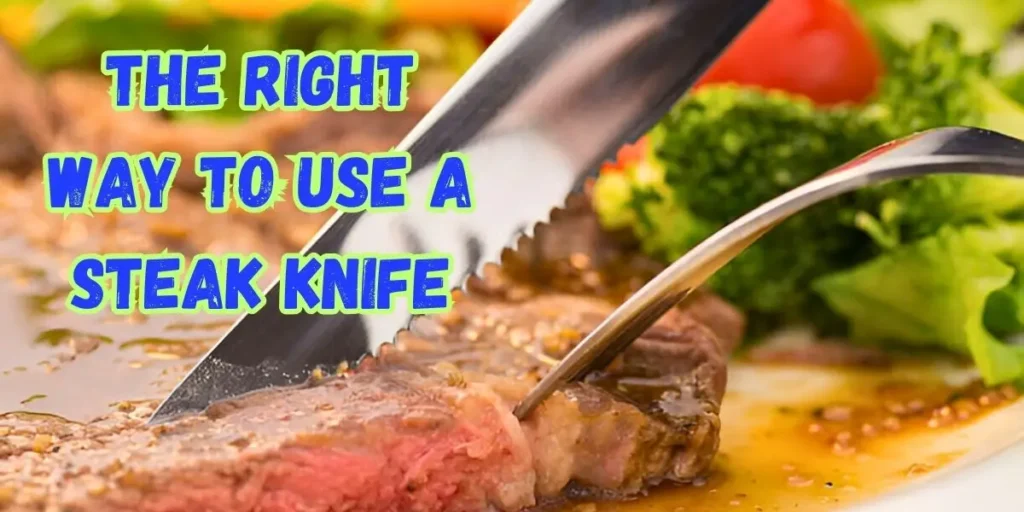 09 Jan 2025 KnifeThe Right Way to Use a Steak Knife: Tips and Tricks
09 Jan 2025 KnifeThe Right Way to Use a Steak Knife: Tips and Tricks -
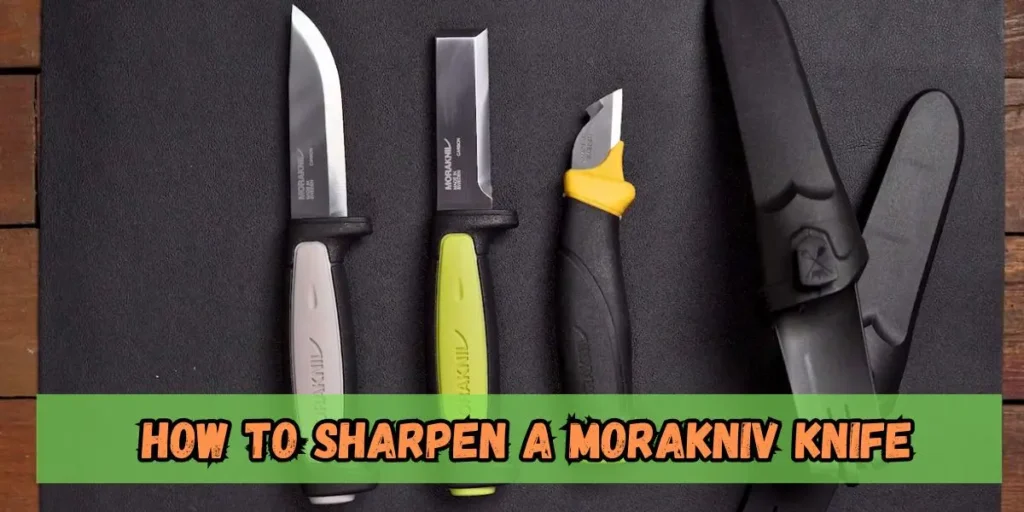 08 Jan 2025 KnifeHow to Sharpen a Morakniv Knife Safely and Effectively
08 Jan 2025 KnifeHow to Sharpen a Morakniv Knife Safely and Effectively

